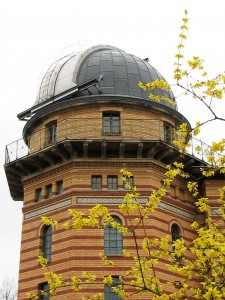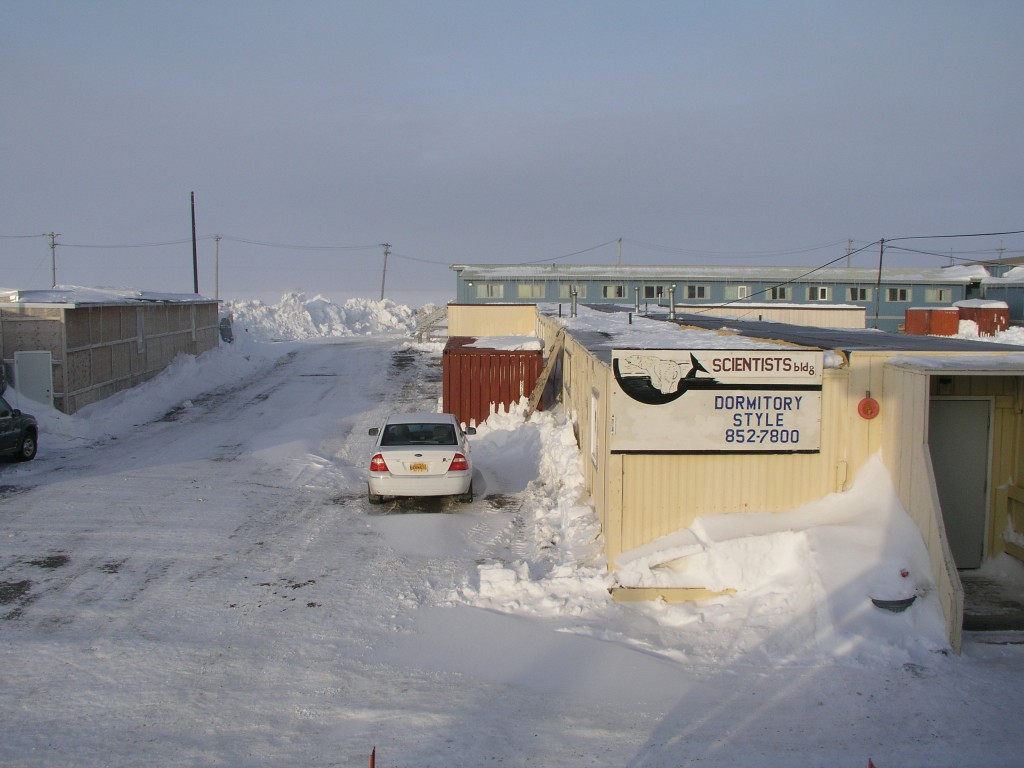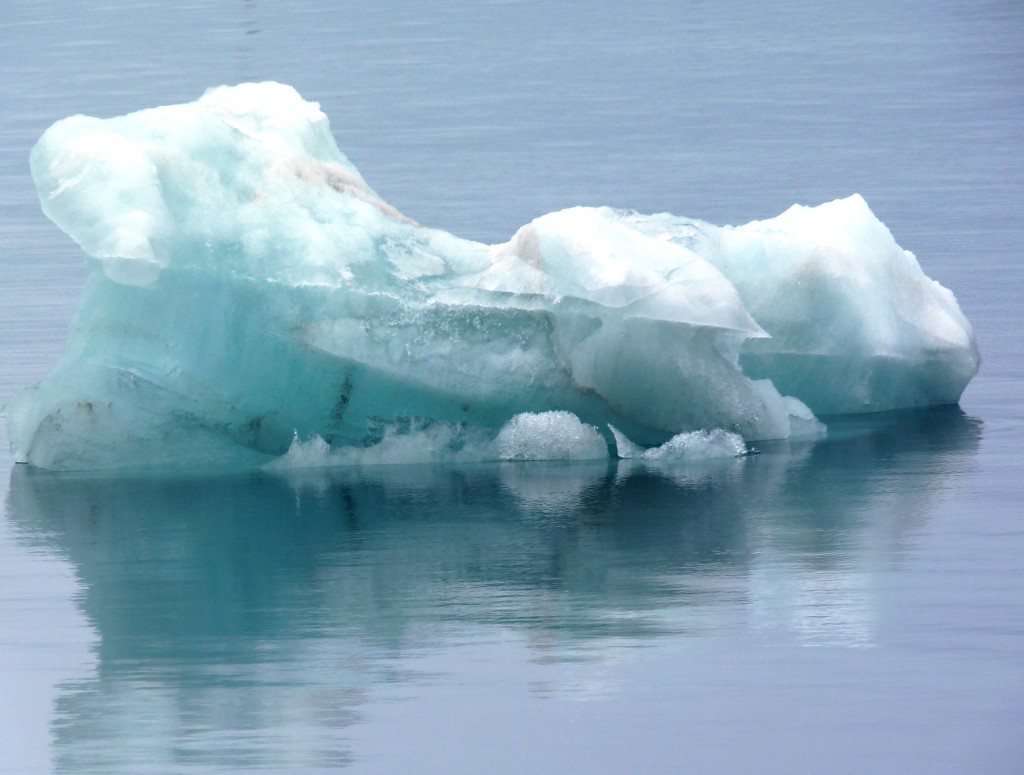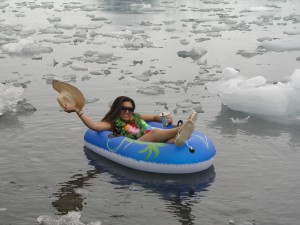Climate change causes extreme weather
Human-triggered climate change has been the cause of a lot of the recent extreme weather across the globe, according to a new scientific study. A team from the Potsdam Institute for Climate Impact Research (PIK) says it has found a physical cause common to events such as the 2011 heat waves in the USA, the 2010 Russian heat wave or the floods in Pakistan in the same year. The scientists, whose study is published in the US journal Proceedings of the National Academy of Sciences this week, say climate change is affecting the movement of air around the northern hemisphere, resulting in extreme conditions. Lead author Vladimir Petoukov says: “An important part of the global air movement in the mid-latitudes of the earth normally takes the form of waves travelling around the planet, oscillating between the tropical and the Arctic regions. When they travel upwards, these waves suck warm air from the tropics to Europe, Russia, or the USA; when they dip downwards, they do the same with cold air from the Arctic. We found that during several recent extreme weather events, these waves virtually froze and remained unchanged for weeks. Instead of bringing in cool air after warm air, the heat just stays. ”
The mechanism is a complex one and the report is not easy reading. I can recommend a summary produced by Alex Kirby for the “Climate News Network“.
PIK’s director Hans Joachim Schellnhuber, a co-author of the study, describes it as a breakthrough, but stresses there are other factors involved in extreme weather events as well as climate change. However, he and his colleagues say the physical process they have identified helps to explain the increasing number of weather extremes and provides a mechanism to explain a link between climate change and extreme weather.
USA announces new five-year Arctic Research Plan
The US administration’s National Science and Technology Council has released a plan outlining key areas of study to be taken by the Federal government to better understand and predict environmental changes in the Arctic. The plan was developed by a team of experts representing 14 federal agencies and was based on input from sources including the indigenous Arctic communities, the Alaska Governor’s Office, local organizations and universities. It highlights research areas important for the development of national policies and areas which would benefit from cooperation between various agencies. Amongst the topics identified for focus are regional climate models, human health studies and adaptation tools for communities.
The announcement is a significant one in the view of the US Arctic Research Commission. They say it is “probably the first, truly integrated, five year US Arctic Research Program plan (ever?) released.”
Incidentally, the website of that particular organisation is a useful source for anybody following Arctic developments.
UNEP concerned about Arctic melt
The UN Environment Programme (UNEP) has issued a warning that last year’s record shrinkage of the Arctic sea ice highlights the risks climate change brings for the planet. The annual review of the state of the world’s environment was presented in Nairobi this week during an ongoing high-level ministerial meeting.
UNEP said the summer sea ice in the Arctic had covered a record low area of 3.4 million square kilometers, 18 percent below the previous recorded minimum in 2007 and 50 percent below the average for the 19802 and 1990s. The report also mentions melting land ice in Greenland and melting permafrost in high latitudes. The figures are not new, but it is significant that UNEP should highlight the Arctic and the fact that no action is being taken in reaction to the evidence which clearly shows climate-change-induced melting.
“Changing environmental conditions in the Arctic, often considered a bellwether for global climate change, have been an issue of concern for some time, but as of yet this awareness has not translated into urgent action”, UNEP Executive Director Achim Steiner said presenting the report on Monday. He warned that the rush to extract oil and gas from the Arctic seabed as the ice retreats could lead to even higher emissions of greenhouse gases.
“What we are seeing is that the melting of ice is prompting a rush for exactly the fossil-fuel resources that fuelled the melt in the first place”, said Steiner.
Now this is a sentiment Greenpeace, WWF Arctic and other groups have been expressing for years. Here we have it from the world’s key environment watchdog.
“The rush to exploit these vast untapped reserves has consequences that must be carefully thought through by countries everywhere, given the global impacts and issues at stake”.
Meanwhile, this week, Russian President Vladimir Putin signed the country’s “strategic program on Arctic development up to 2020. Enough said?
For anyone who wants to catch up on the Arctic development story, here are a few links.
Polar ice sheets melting faster than ever
Business opportunities boom in the Arctic
Sea levels rising faster than expected
China’s Arctic ambitions spark concern
Energy giants cooperate for Arctic resources
Ex-IPCC chief: 5°C warming?
The former chair of the Intergovernmental Panel on Climate Change says global average temperatures could reach five degrees centigrade above their pre-industrial level. British scientist Sir Robert Watson, who chaired the panel from 1997 until 2002, said the world had missed its chance to keep emissions below the level needed to keep to the 2°C maximum target set by the international community.
Speaking at a symposium on “Preventing global con-communicable diseases through low-carbon development” at the London School of Hygiene and Tropical Medicine, (LSHTM), Professor Watson said the chances of keeping temperature rise below three degrees are fifty-fifty, and the rise could be as high as five degrees. That would mean the Earth warming more than it has since the end of the last Ice Age. The consequences for the planet would be dramatic.
In a report for the “Climate News Network”, environment reporter Alex Kirby quotes Watson as saying: “All the promises in the world, which we’re not likely to realise anyway, will not give us a world with only a 2°C rise. All the evidence, in my opinion, suggests we’re on our way to a 3°C to 5°C world.”
The British expert is science director of the Tyndall Centre for Climate Change Research at the University of East Anglia, UK, and chief scientific adviser to the UK Government’s Department of Environment, Food and Rural Affairs. He says there are solutions available to tackle climate change, but a lack of political will and moral leadership to implement them. Emissions are continuing to rise at a rate which makes it highly unlikely the two degree target can be adhered to.
“When I was chairing the IPCC we were all very optimistic that we’d have a global agreement to limit emissions, though we knew it would be difficult. But we were hopeful that emissions would not go up at the tremendous rate they are rising now,” says Watson.
More on this story at Climate News Network
WWF Canada helps reduce polar-bear kills
There are estimated to be between 20 and 25 thousand polar bears left in the world. Climate change is the main threat to their survival these days. Hunting is strictly regulated, with quotas for the number allowed to be hunted as part of indigenous Arctic people’s heritage. But what happens when hungry bears, affected by the loss of sea ice, encroach on human territory? Not a good combination. WWF Canada has been involved in a project to set up electric fences – some of them solar powered – to keep the white giants out and reduce the number of bears killed in self-defense – with highly positive results so far. For the first time in at least three years, no bears were killed in defense of life or property in the hamlet of Arviat, in Nunavut in 2012 thanks to a “polar bear conflict reduction” project. The community , in the western Hudson Bay area, had reported increasing visits by polar bears in town in recent years. One reason is thought to be the loss of sea ice through climate change. WWF Canada has helped the locals fund a monitor to patrol the area at night from October to December, when bears are out and about in the Nunavut region. The monitor scares the bears with spotlights and noise. They have also installed electric fences around some of the dog-team pens. 2013 is the WWF’s “Year of the Polar Bear”. The organisation is also helping to fund monitoring programmes to keep track of the number of bears.

























Feedback